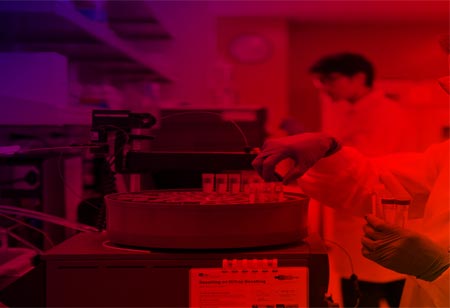The better the chemical components, the more effective a catalytic reaction can be.
Fremont, CA: Chemicals are as significant for catalyzing other chemicals as they are for producing end products. Noah Chemicals works with manufacturers worldwide to supply ultra-high-purity chemicals for catalytic reactions. In many cases, the prosperity of a reaction is based on chemicals with strict specifications.
Here are five general chemical catalysts used within the manufacturing industry.
Vanadium
Vanadium has been a chemical catalyst for sulfuric acid manufacture for over 100 years. The quality & size of the vanadium catalyst have much to do with the final catalytic output; impurities like fluorides, carbon monoxide, arsenic, and chlorides can lessen the amount of sulfuric acid present in the end product.
Platinum + Alumina
Platinum and alumina are more effective bifunctional catalysts. While the platinum dehydrogenates alkanes, the alumina absorbs the resulting alkene molecules. Processes similar to this one enable the dehydrogenation of butane into butene, a significant chemical intermediary.
Nickel
Thanks to its relatively low cost, Nickel has been prized for its use as a catalyst. It also has an upper catalytic performance than many other noble metals. It’s used as a heterogeneous catalyst in the production of synthesis gas, also called syngas. This fuel source embodies hydrogen, carbon monoxide, and sometimes carbon dioxide.
Aluminosilicates
Aluminosilicates are an essential component of modern petrochemical manufacturing. As a catalyst, this combination of aluminum + silicon dioxide (and their most innovative counterpart, zeolite) prompts a process called “catalytic cracking,” which generates small hydrocarbons like ethylene and propene that can then be collected and used.
Iron
Iron has long been the favored catalyst for ammonia production. Employing the Haber Process, nitrogen and hydrogen gasses can be passed over four catalytic material beds to transform at nearly 97%. Finely ground iron powder is the most economical, easy-to-obtain catalyst for use in this process on an industrial scale.

